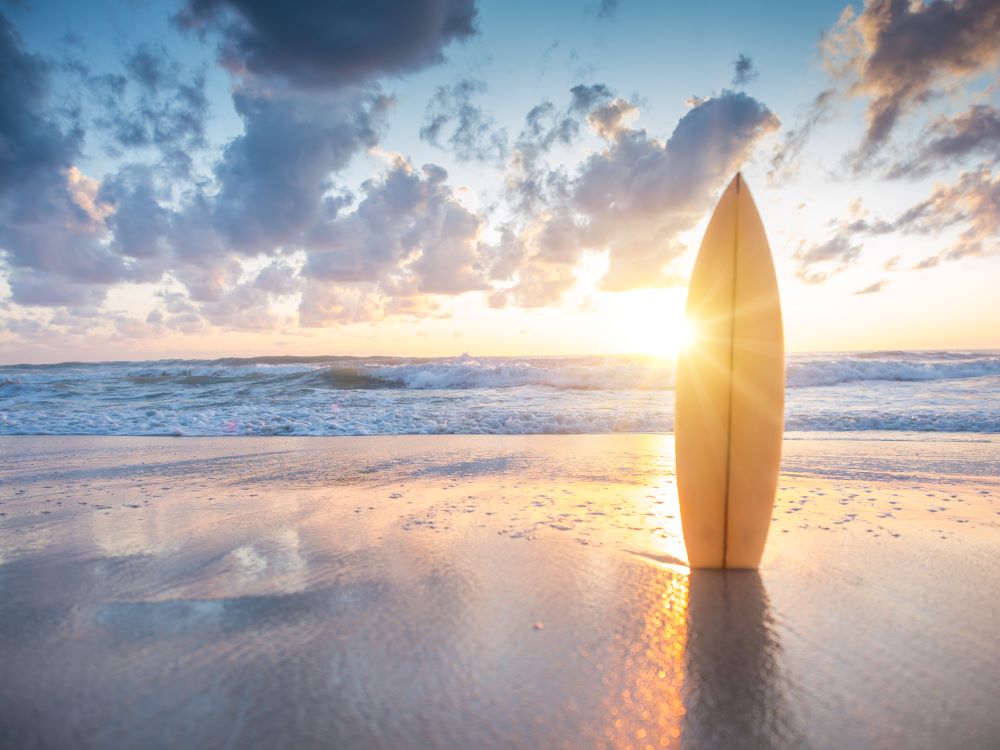
Common surfing injuries
The most common surfing injuries are to the leg, the head and face, the back, and the shoulder and arm. These injuries will usually occur when a surfer’s own board or someone else’s board comes in contact with a surfer or after falling off a wave and striking the sand ,reef or rocks.
Most common surfing injuries are:
- Cuts and Lacerations, sprains, muscle strains ,dislocations and fractures and ear infection
Preventing surfing injuries
Things to remember:
- Prepare yourself : 1. Know surfing etiquette, 2. Use the right gear ( ask for professional advice ) ,3.Check the environment ( No harm asking other surfers about the break if you are not familiar with the area ) 4. Know yourself and the sport.( We all have limits,sometimes injuries occur if we are not aware what our own limits are )
Preparation
Make sure you:
- 1 .Warm up before surfing. This may include a general body warm-up followed by suitable stretches. 2. Cover up ! Wear Sunscreen 30+ ,to avoid any skin damage. 3 . Have lessons from an accredited surf school to learn appropriate skills are always a great idea for good technique and water safety if you haven’t surfed before.
Respecting the water and surfers
This includes:
- 1 .Respecting the rights of other surfers in the water.( This is a very under rated part of surfing , many injuries and accidents occur from lack of respect in the water ) 2 .Allowing everyone to catch their share of waves. 3.Having only one surfer on a wave. There is not enough room on waves for more than one surfer ,this can be the cause of many accidents.
Use the right surfing gear
It is recommended that you :
- 1 .Ask a Professional board shaper or surfboard retailer about the right board to buy. 2.Consider purchasing a board with flexible fins and a blunt nose or protective nose guard. 3. Surfboard nose guards to be fitted on all boards to minimise potential injury. 4 .Wetsuits will not only keep you warm and good sun protection,but protect you from’ some’ cuts on rocks and reef . 5.Always wear leg ropes, especially in large surf.
Surfing Conditions
Make sure you:
- 1 .Check the weather and beach conditions before entering the water. Knowledge of tides and Rips will also be an advantage. 2.Do not surf alone if you are inexperienced. 3 .Children always need supervision of an adult when at the beach or near water.
Do your research and know your Sport
Points to remember:
- Know your own fitness level , know surf etiquette and learn good technique from professionals.
- Know how to use the equipment properly and safely.
- Understand and research conditions before any surf session
At Holistic Physio Fitness we treat many injuries including surfing injuries. Please call us on 9999 6666

